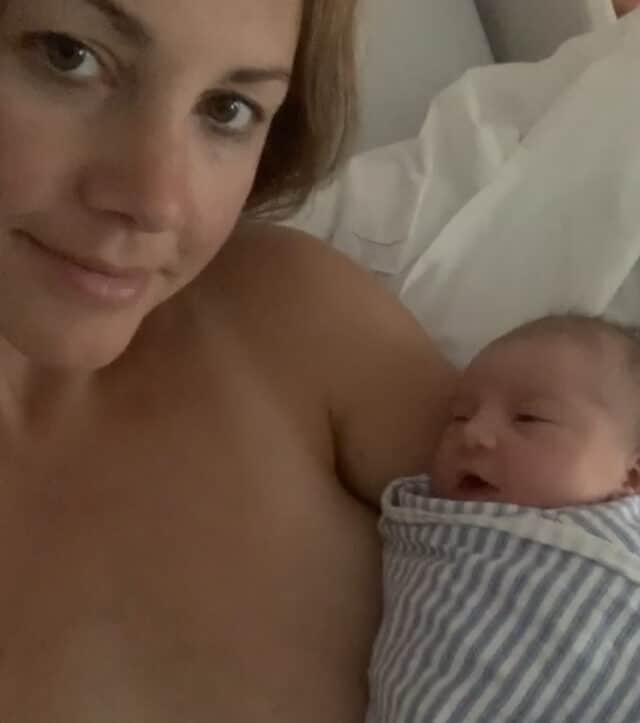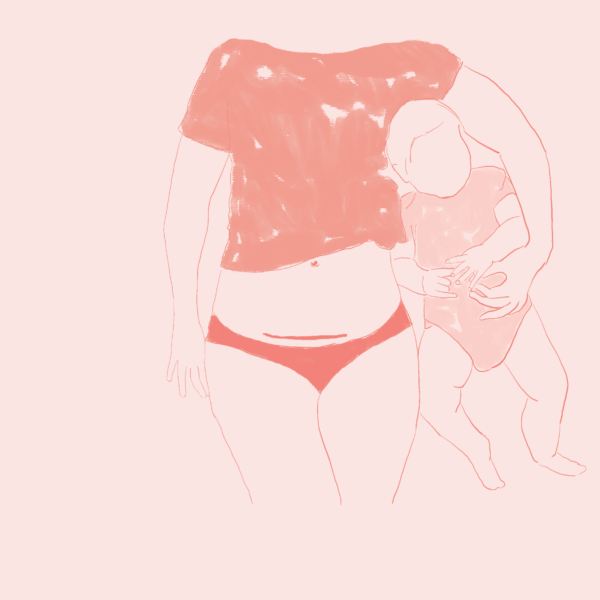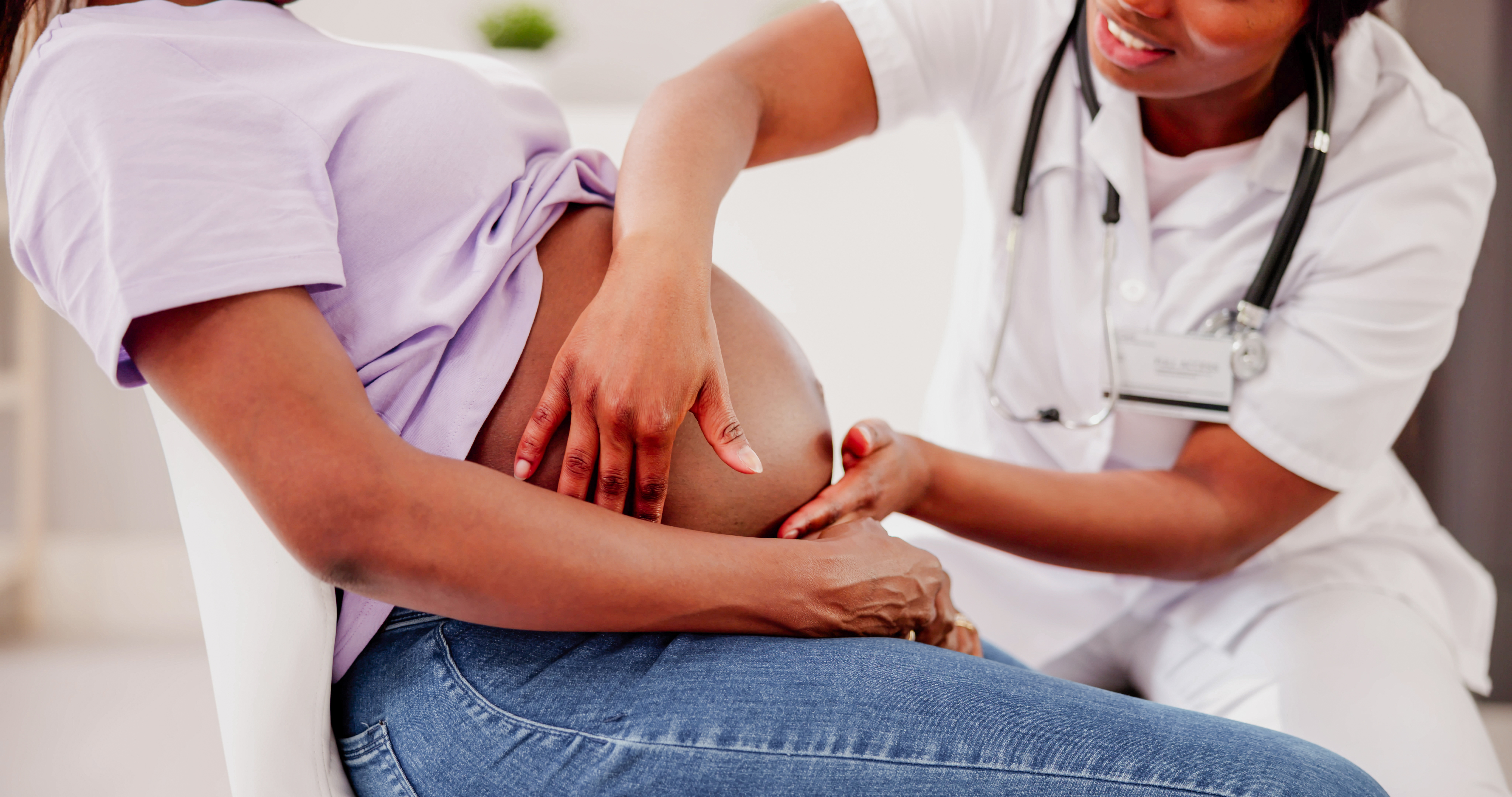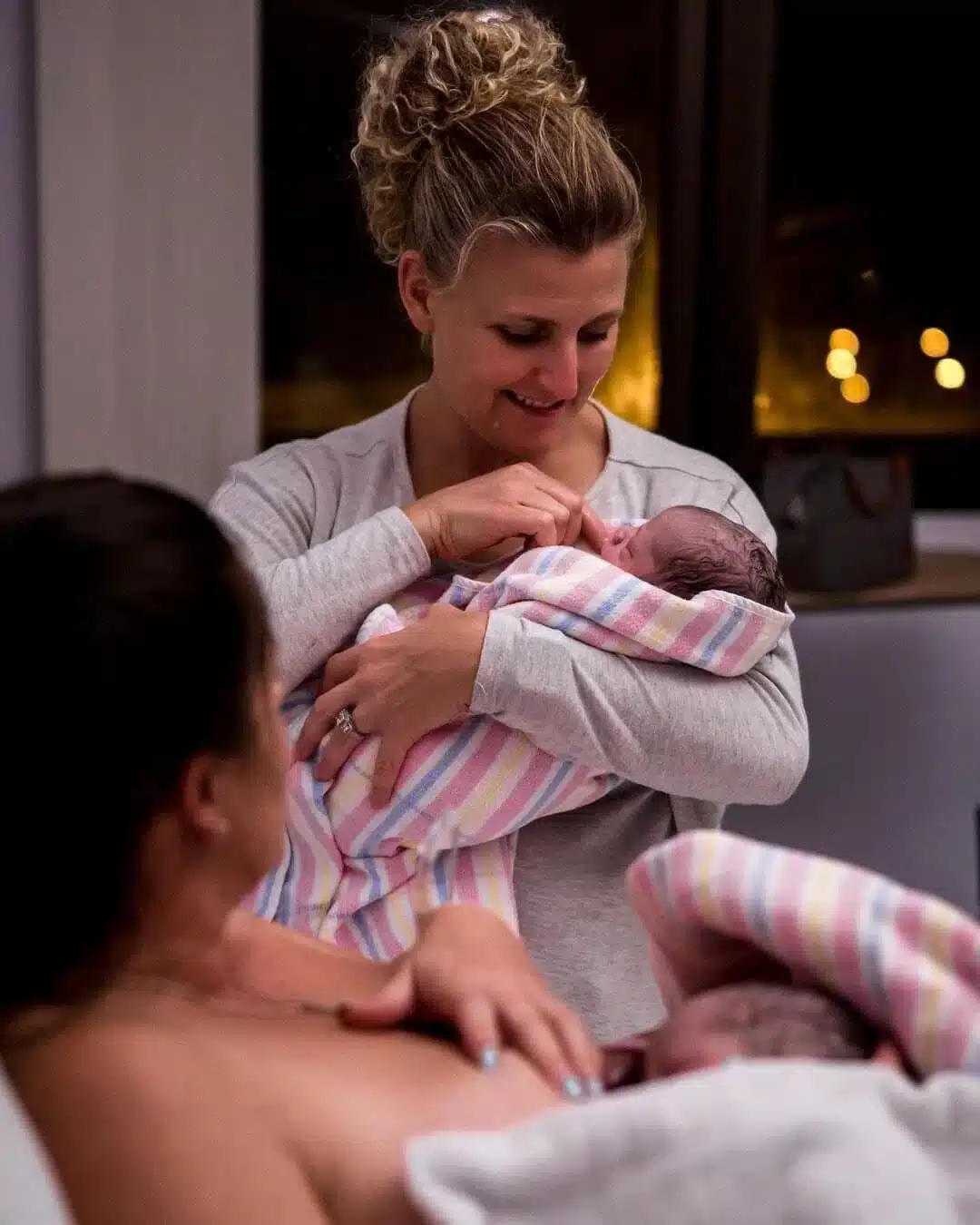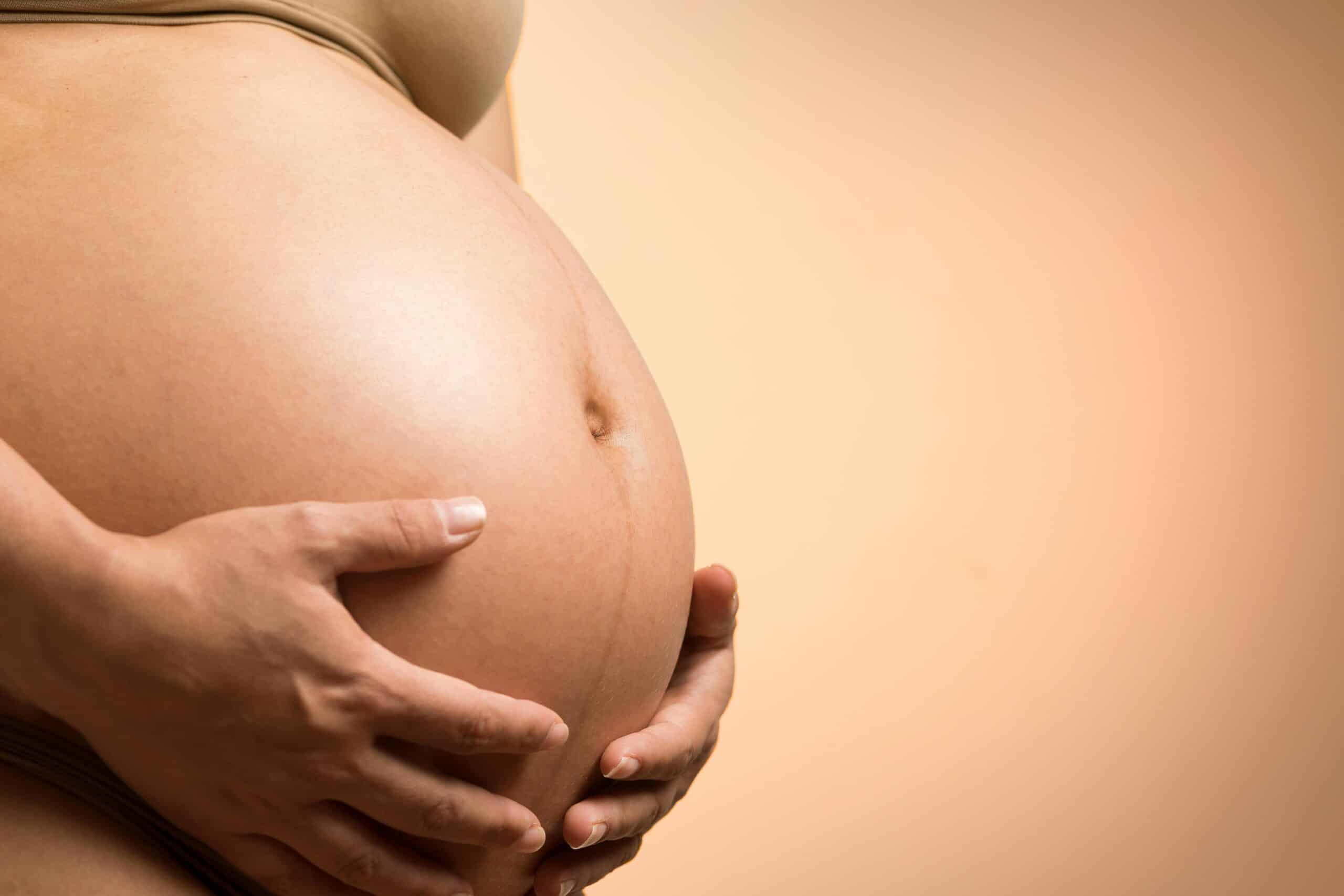Pregnancy Placenta-Previa
Placenta-Previa
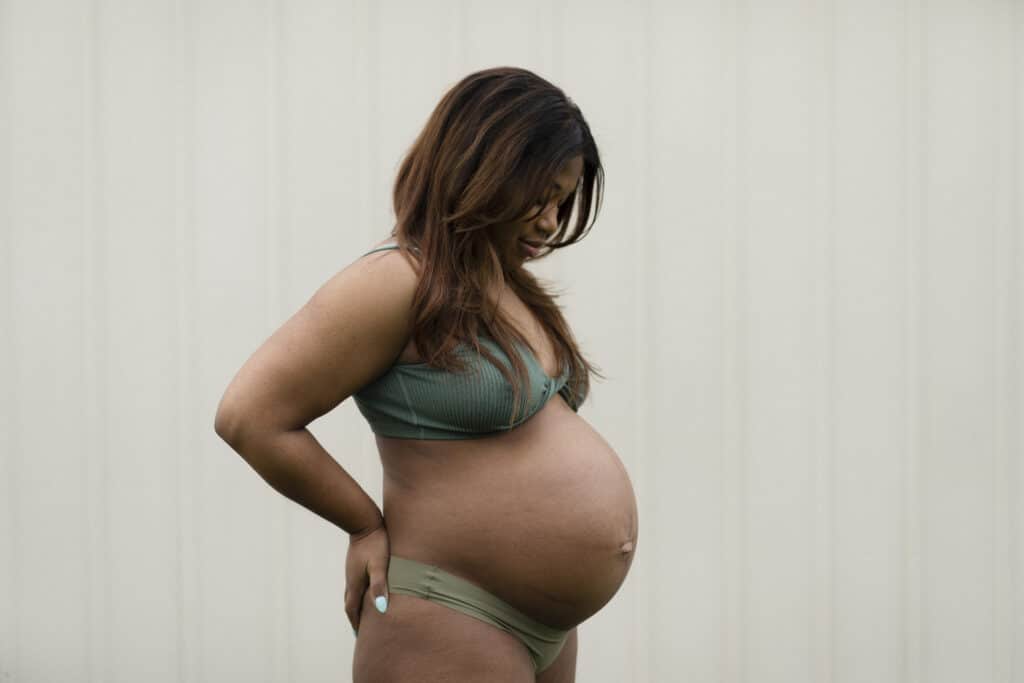
One in every 200 pregnancies is affected by placenta previa at full term (37 weeks), where the placenta implants at the bottom of the uterus and obstructs (partially or fully covers) the cervix.
What is placenta previa?
Placenta previa is when the placenta implants at the bottom of the uterus and obstructs (partially or fully covers) the cervix. There are three types of placenta previa, including:
Minor Placenta Previa: the placenta is located near the cervix, but it doesn’t completely cover it.
Major Placenta Previa: Here, the placenta completely covers the cervix.
Complete Placenta Previa: The placenta covers the cervix, blocking its opening.
How is placenta previa diagnosed?
It is commonly diagnosed at the 20-week morphology scan and you can expect follow-up scans to be scheduled. In most cases of a low-lying placenta, the placenta moves upwards and out of the way as the uterus grows during pregnancy. However, it can stay low, which poses risks including persistent bleeding throughout the second and third trimester. If you have bleeding, your care provider may advise one or all of the following treatments to ease your symptoms and prolong your pregnancy:
- activity restriction
- hospitalisation for continual monitoring
- iron infusion or blood transfusion for the mother
- avoiding any activity that triggers uterine contractions or irritates the cervix (such as penetrative sexual intercourse).
How is placenta previa treated?
Concerns arise in the third trimester when the uterine muscles start to thin in preparation for birth and there is a greater risk of placental abruption (the placenta comes away from the wall of the uterus, limiting oxygen to your baby and causing severe bleeding for you). If you do have placenta previa at full term you will require a planned caesarean, often before 38 weeks. You may feel positive about this experience but if you were planning and preparing a vaginal birth, you may experience grief that this opportunity has been taken from you. We want to remind you that it’s okay to feel this way; honour your disappointment and process your feelings, it’s the only way forward. It’s also important to remember that you can actively plan and prepare for a caesarean birth and there are many ways you can make it your own.
Listen to The Caesarean Birth Class which features two leading obstetricians and a women’s health physiotherapist who take you step-by-step through a planned caesarean including pain relief, recovery, wound healing and movement/exercise in the weeks after birth.
Here are three episodes on the podcast which share experiences of placenta previa.
In episode 377 Kaitlin shares her experience with placenta previa. Her first pregnancy and birth was an incredibly positive experience and she birthed with the support of hospital midwives at her local birth centre. As soon as she discovered she was pregnant for the second time, she booked a private midwife but her plans for a homebirth changed at 20 weeks when an ultrasound showed her placenta was on the edge of her cervix. Kaitlin admits she was deeply disappointed but she informed herself, looked at all her options, prepared with The Birth Class and spoke to obstetricians to gain their advice. At 37 weeks when the placenta hadn’t moved, she booked in at her local hospital.
In episode 342 Laura details her experience of being diagnosed with placenta previa, a scan at 32 weeks revealed that she had a shortened cervix. Bed rest and progesterone pessaries definitely helped and she was induced at 37 weeks and experienced a quick and positive vaginal birth. She fell pregnant with her daughter two years later and regular scans showed that her cervix was shortening quite quickly so she went on strict bed rest at 23 weeks. Thankfully she remained pregnant till 39 weeks and used the TENS machine and breathing practises to navigate a quick labour.
In episode 290 Chantel shares her three births. She suffered Hyperemesis Gravidarum (HG) in every pregnancy and was medicated early on to stop the vomiting. Her severe symptoms eased by 20 weeks but she still had to navigate intense nausea till the end of pregnancy. After two vaginal births in the hospital, she accessed continuity of care in a birth centre for her third. At 34 weeks she was diagnosed with placenta previa (where the placenta covers all or part of the cervix) and after grieving the waterbirth she couldn’t have, she planned a gentle caesarean birth with her priority being skin-to-skin in theatre and recovery.
Our Podcast Picks for You
Categories
Related Products
-
The Caesarean Birth Class
4 reviews$198.00The empowering online childbirth education program that will help you confidently prepare for birth.
Get your copy of our Perineal Massage Guide in your inbox
Keep Reading
We think you might enjoy these articles
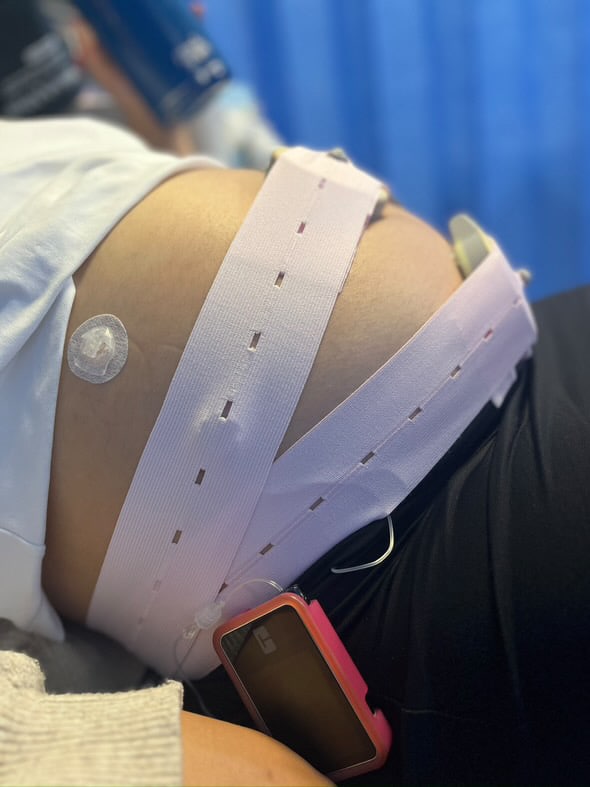
Pre-existing Diabetes and Pregnancy: What You Need to Know

Harnessing the Power of Acupressure: A Natural Approach to Preparing for Birth

Thoughtful Christmas Gifts for your Pregnant Friend.

What is Pre-eclampsia?

Non-invasive Prenatal Testing (NIPT)
@AustralianBirthStories
Follow along with us
@AustralianBirthStories
Follow along with us
@AustralianBirthStories
Follow along with us
@AustralianBirthStories
Follow along with us
@AustralianBirthStories
Follow along with us
@AustralianBirthStories
Follow along with us
@AustralianBirthStories
Follow along with us
@AustralianBirthStories
Follow along with us
@AustralianBirthStories
Follow along with us
@AustralianBirthStories
Follow along with us
@AustralianBirthStories
Follow along with us
@AustralianBirthStories
Follow along with us

